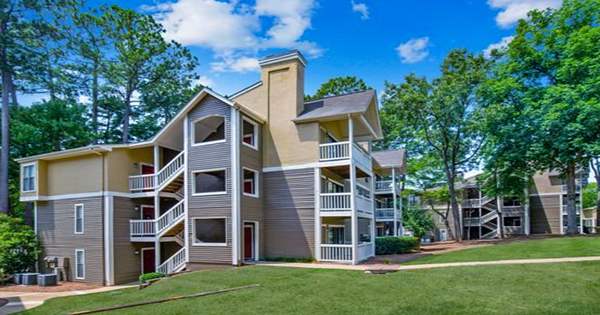The rush to construct 5G infrastructure has given roofs of restaurants, hotels, residential complexes, hospitals, and even churches a new purpose. These roofs are increasingly becoming desirable real estate targets for telecom companies looking to deploy 5G infrastructure in densely populated locations. In fact, over the next five years, next-generation wireless deployments expected to be one of the greatest allocators of leasing money in the United States, providing a huge potential for property owners and other company owners.
The expansion of the country’s 5G infrastructure is a top goal for the Biden administration. $65 billion is set out in the $1.2 trillion bipartisan infrastructure plan to increase internet connectivity to rural and underserved areas. Despite its speed and power, 5G has a far shorter range than earlier wireless technologies, reaching just roughly 1,500 feet. Because of the lower antenna heights for the next-generation wireless network, 5G technology is especially suitable for implementation on existing building rooftops.

New players in the 5G implementation competition include traditional cable companies and Big Tech businesses, in addition to the big wireless communications providers. To install their 5G macro and small-cell sites, these businesses expected to spend an extra $275 billion.
Existing structures are the only practical and efficient means to install the massive number of deployment locations necessary. In other words, adopting a rooftop deployment plan is the solution to the 5G race. For real estate and other company owners, the cellular communications industry has traditionally been difficult to negotiate. In the past, wireless carriers and tower operators have entered into long-term agreements that were generally unfavorable to the property owner.
Building new skyscrapers is met with considerable opposition in many towns, and the construction, zoning, and approval procedure can be lengthy. Because of the lower antenna heights for the next-generation wireless network, 5G technology is especially suitable for implementation on existing building rooftops.
For carriers to find a speedier, more efficient solution for their wireless real estate requirements, significant institutional commercial real estate owners are now better positioned than tower operators are. A rooftop deployment plan offers a win-win option for both the 5G carrier and the property owner. Property owners profit financially by leasing their rooftops and monetizing their existing structures in new ways, while carriers meet their goal of implementing infrastructure as rapidly as possible infrequently visited regions.
The impact on real estate owners’ net operating income and revenue earned over the course of a possibly 30-year lease can be significant, enhancing their access to finance. Property owners are able to give improved services to renters with high-speed internet access in addition to collecting money in exchange for leasing their rooftop to the carrier.
















